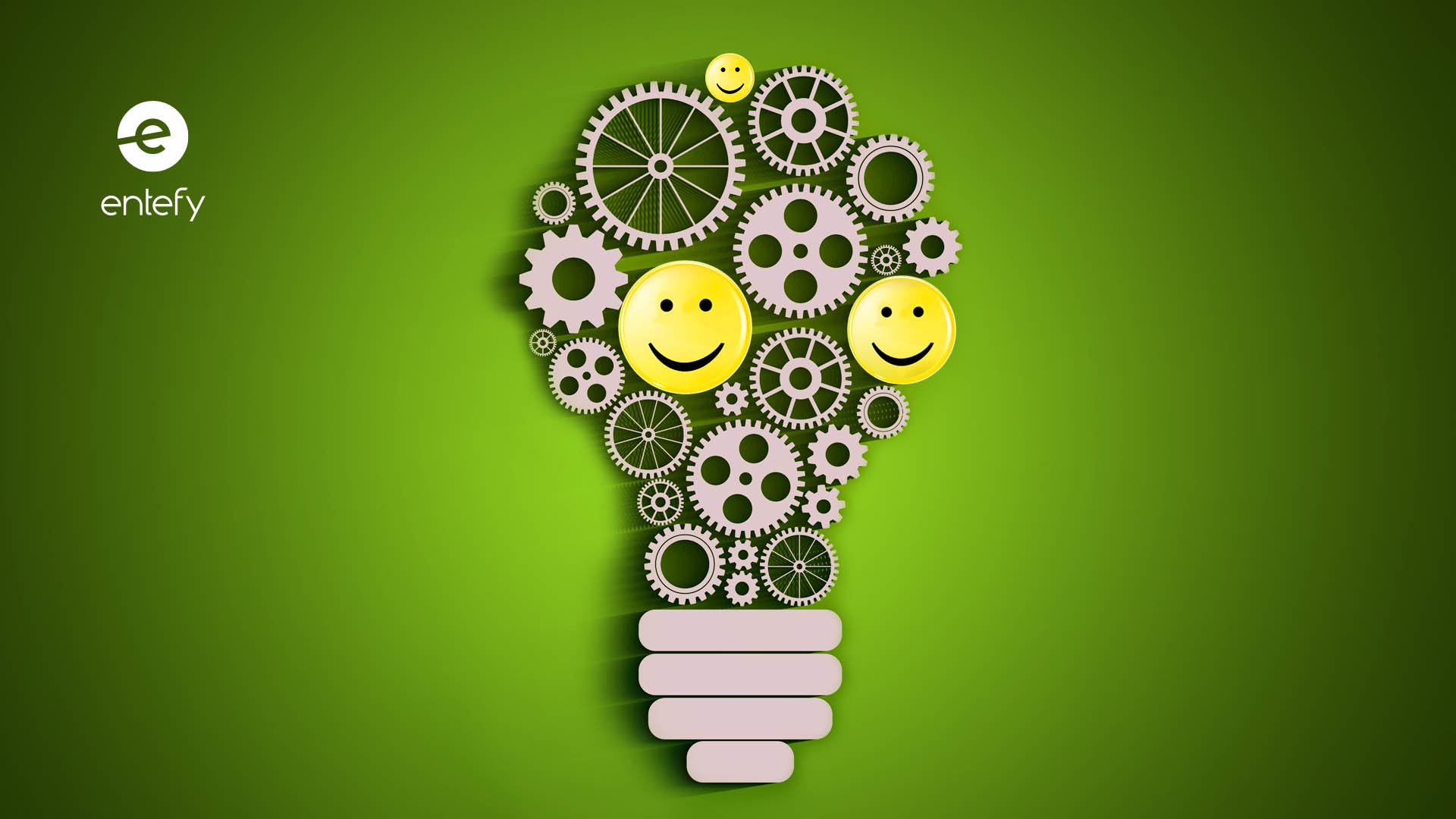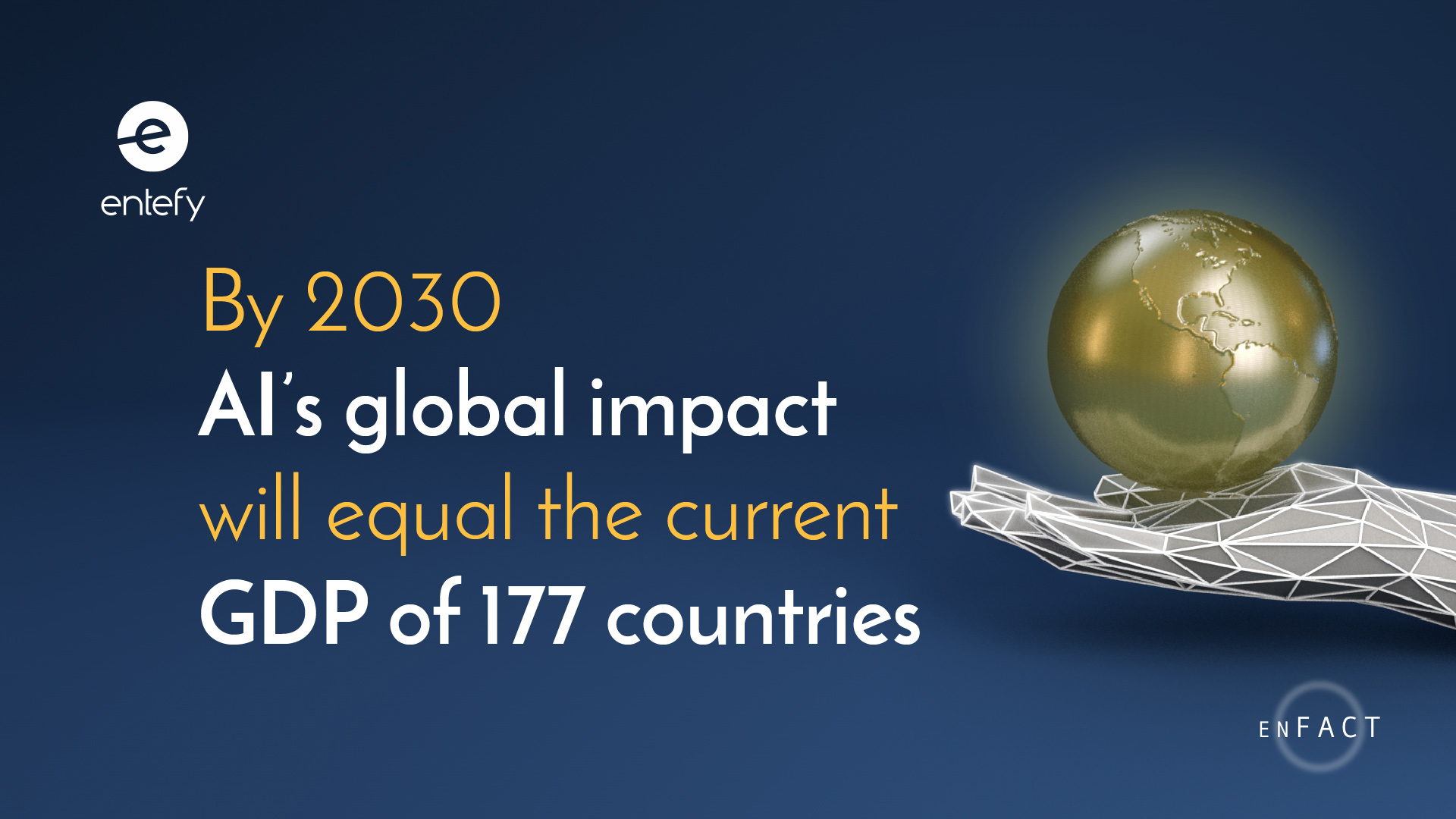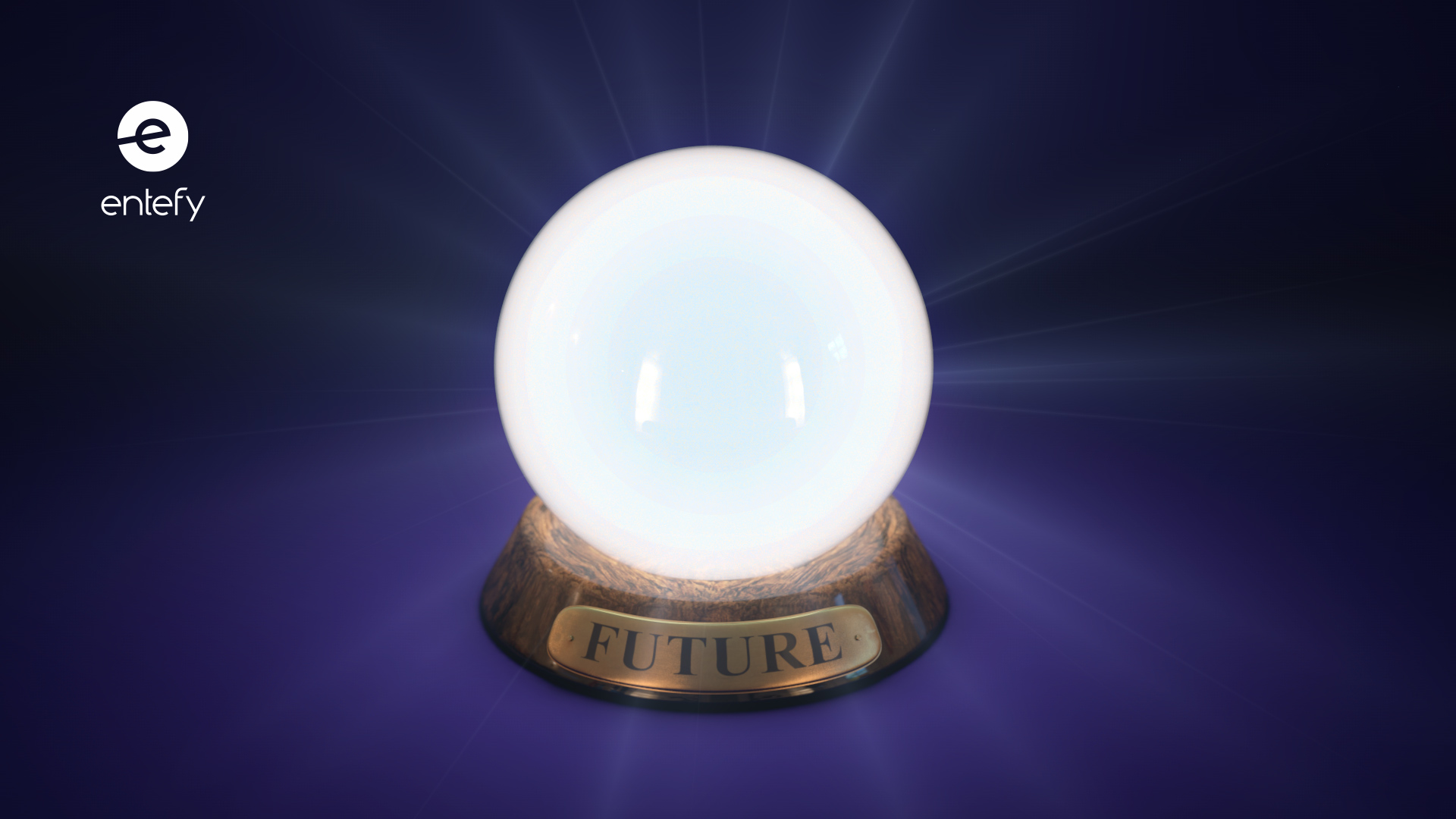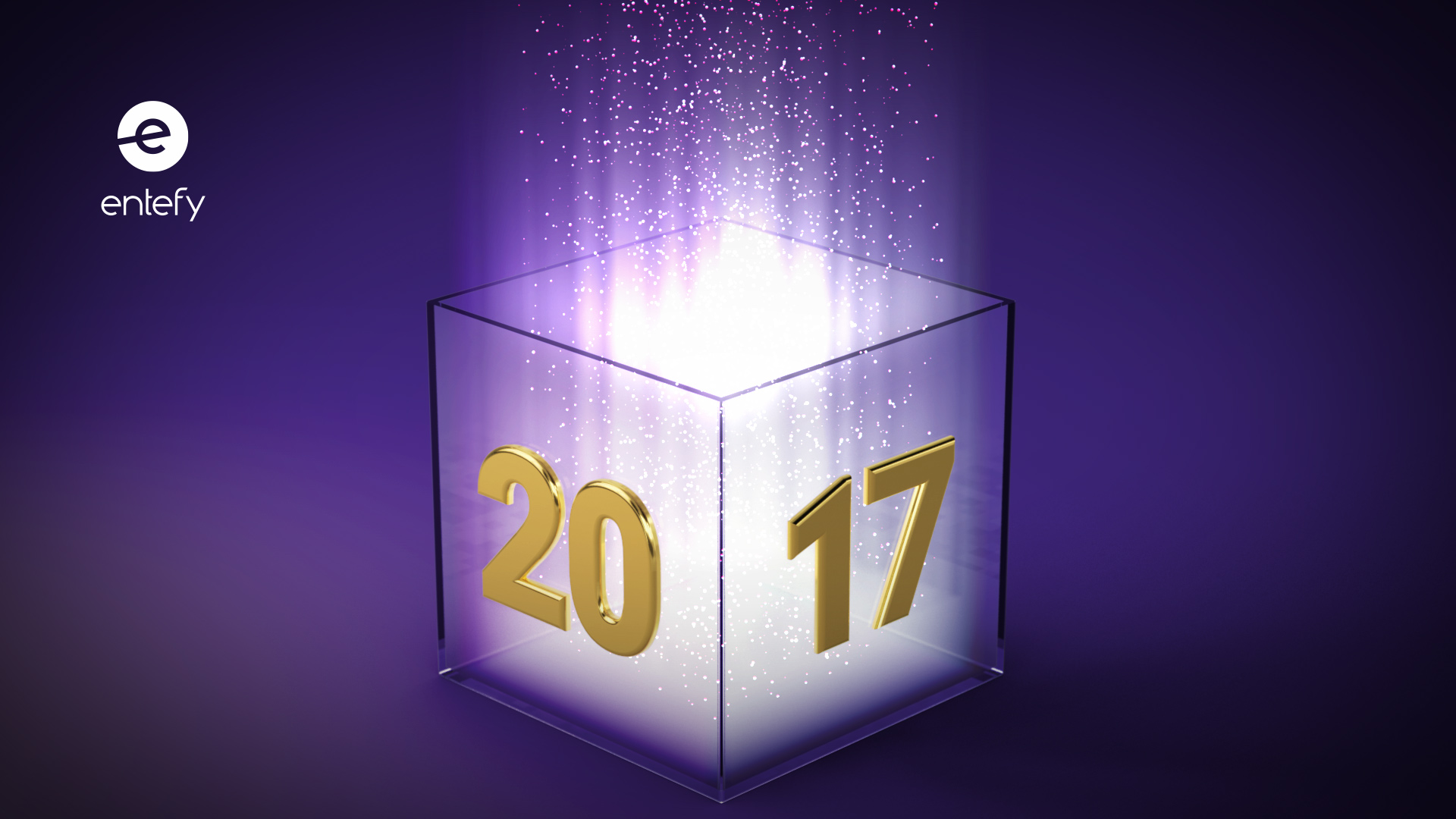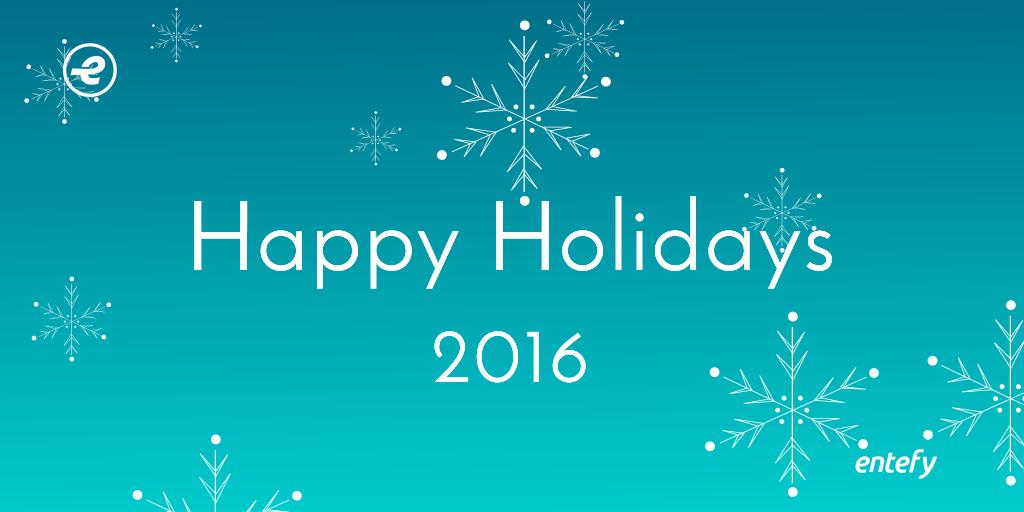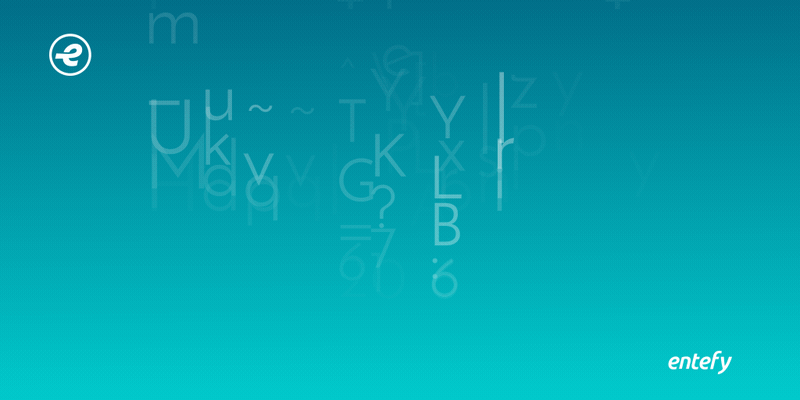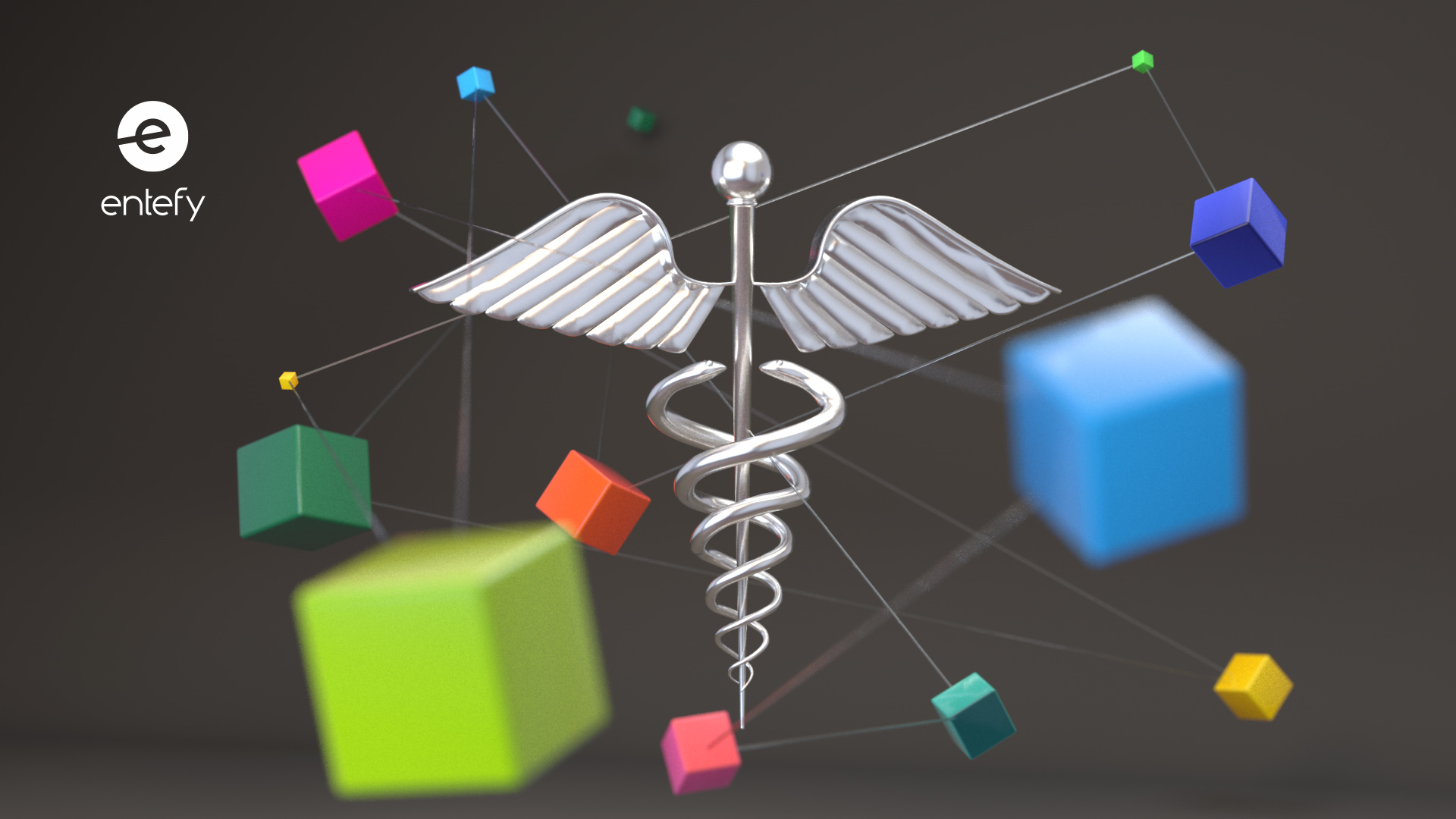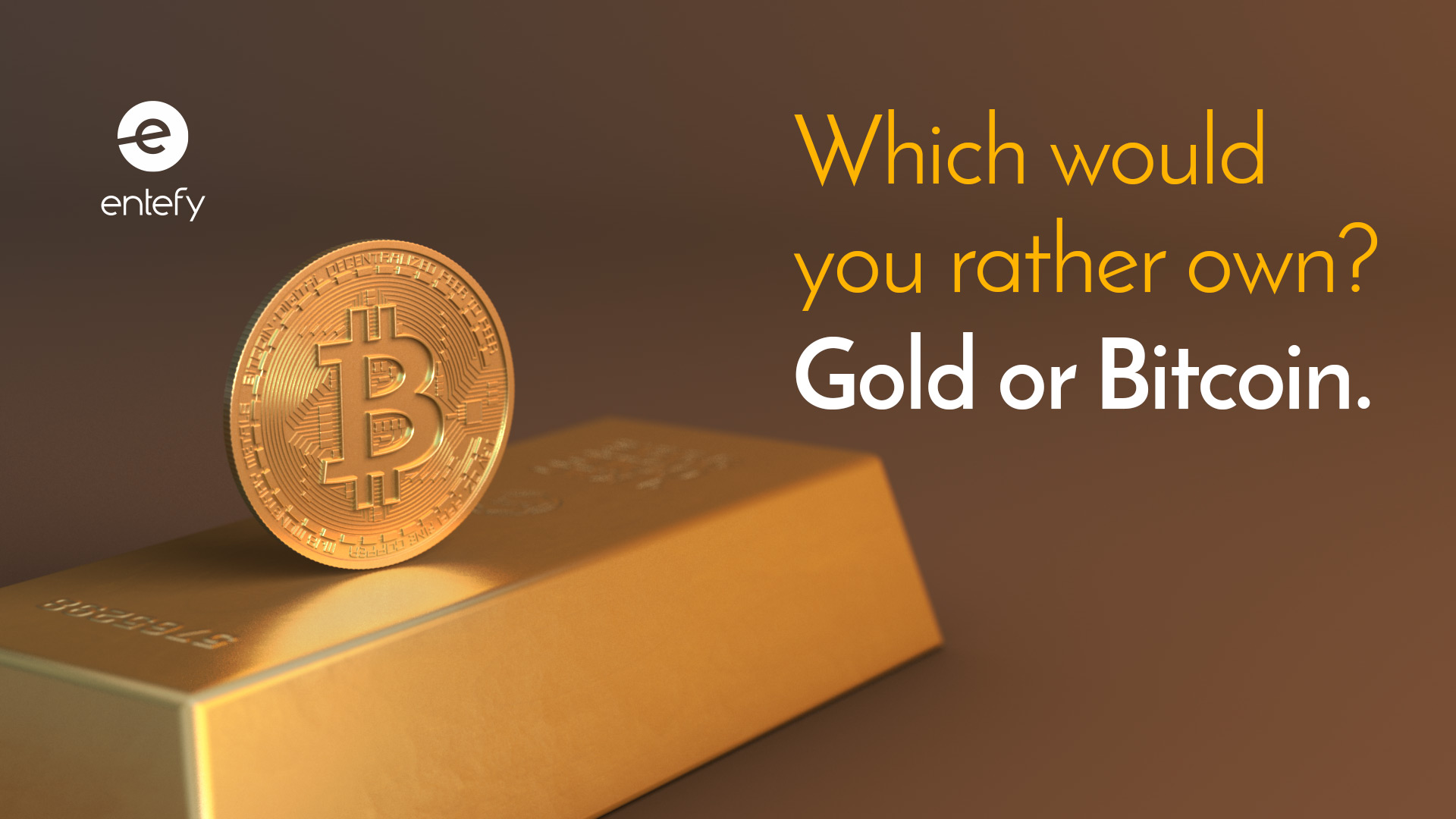In the not-too-distant past, worker happiness seemed to fall pretty far down the priority list at most companies. Our culture celebrated the myth of busyness with little regard for how those long hours and the pressure to perform were impacting people’s well-being and sense of fulfillment.
Flash forward to today and happiness is of paramount importance. Some companies even employ Chief Happiness Officers, whose job is – you guessed it – to foster employee happiness. Their job duties range from organizing morale-boosting team events to conducting emotional check-ins with employees to implementing new happiness-oriented policies. They’re tasked with creating an environment that inspires worker loyalty and drives increased productivity.
Although some people are critical of the concept of having a dedicated happiness officer in the C-suite, few would disagree with the fact that happy workers are more productive workers. Research indicates that productivity jumps 12% among happy employees, and it drops by 10% among their less cheerful colleagues. Harvard University researcher Shawn Anchor, who wrote The Happiness Advantage, found that increased happiness changes the way our brains function. People who are more optimistic are better problem-solvers because they’re more likely to spot new opportunities and potential solutions.
Whether you hire a Chief Happiness Officer or simply integrate happiness-supporting policies into your culture, it’s clear that employee satisfaction isn’t just a nice-to-have. It’s another competitive advantage for successful modern businesses.
Happiness and wellness go hand-in-hand
What does happiness really mean from a workplace perspective? Certainly, a positive, collegial environment is more attractive than a tense, ulcer-inducing office space. However, discussions of happiness and productivity are a gateway to a broader topic: how employers can foster happiness through the right benefits and perks.
Tech startups in particular became notorious in recent years for offering flashy perks, such as foosball tables and craft beer on tap. But the novelty of having a fun office environment seems to be giving way to desires for more substantial, lifestyle benefits. Interestingly, many of the perks associated with tech startups – such as ping-pong set-ups and unlimited snacks and beer – aren’t as in-demand as more substantial benefits.
One study showed that only 12% of workers surveyed feel that employers should encourage games in the workplace, indicating that fun but superficial perks aren’t relevant to employee happiness. However, people are drawn to companies offering more creative and impactful job perks, such as pet insurance, help paying down student loan debt and covering wedding expenses, and paid time off to volunteer.
That may be in part because Millennials, who represent the largest demographic in the American workforce, are entering new stages in their lives. As they marry or co-habitat with long-term partners, buy houses, and start families, office game rooms and happy hours carry less appeal than flexible work policies, fitness incentives, and robust health insurance benefits. This age group is also adamant about finding work that fulfills and challenges them. An employer that pays you to volunteer (and pays your student loans) checks a lot of those boxes.
The shift is likely due to a growing cultural awareness around well-being too. Celebrity business leaders such as Arianna Huffington have been leading the charge for a fundamental overhaul of how we think about productivity and work-life integration. Huffington shared her story of collapsing at her desk one evening when she was exhausted and overworked. Since then, she’s made it her mission to sound the alarm about the dangers of burnout and fatigue. Her company, Thrive Global, advises big-name businesses such as JPMorgan on enhancing productivity and improving behavioral patterns through holistic methods. The company recently raised $30 million and is now valued at $120 million, indicating the growing interest in this field.
The business case for happiness
The emphasis on more valuable perks and cultural wellness makes sense from a business perspective. We know that happy workers are more productive workers, and it’s hard to be happy when you’re stressed and exhausted. The person who pulls 12-hour days to impress her bosses but barely has time to see her family isn’t going to be chipper for very long. The stress of her job, combined with constant anxiety about student loans and guilt over not spending more time with her kids – not to mention a lifestyle that involves a lot of take-out and very little exercise – is a recipe for a breakdown, not a professional breakthrough. Physical and emotional well-being directly influence people’s moods and energy lives, which in turn impact their productivity.
Given the correlation between well-being, happiness, and productivity, it’s not surprising that the businesses atop Fortune’s 100 Best Companies to Work For 2017 list offer a range of holistic benefits such as onsite childcare and fitness facilities, flexible work policies, tuition reimbursement, discounted gym membership rates, and other lifestyle-enhancing perks.
Having so many attractive options on-site likely keeps people in the office and working hard. But it also signals that it’s OK to take a few minutes to rest or refuel in healthy ways, rather than working from sun up to sundown. It’s becoming clear that the things that make us happy at work are the same that make us happy in our personal lives. Healthy habits, fulfilling work, and stability for our families leads to improved emotional states across the board.
While companies on the Fortune list have set high standards for employee benefits, you don’t have to have a multi-million-dollar budget to support workers’ happiness. A few core wellness policies can make a tremendous difference to your employees’ satisfaction and productivity.
